Winckelmans
- June Benefield & Tile Trends
- Oct 2, 2018
- 5 min read
Updated: Aug 7, 2024
Five Generations of Traditional French Style
Tessellated floor tiles are a part of British and European architectural heritage. Originally used to ornament medieval churches, monasteries, and the homes of aristocracy, geometric tiles' popularity grewh the early 1800 strongly througs when leading architects incorporated their designs into most major building works. Examples of these works can be seen in historic buildings worldwide, from Inverlochy Castle to the Raffles Hotel in Singapore.
Now, the heritage tile range Winckelmans is available in New Zealand and is being used in a wide range of architectural homes, shopping centres and important public buildings such as the Wellington Town Hall
These premium-quality, full-body porcelain tiles have been manufactured in France since the 1800s. They are available in a wide range of sizes and colours, are slip-resistant and frost-proof, and can be used inside and outdoors. They are made to last for many generations—just like the company that produces them.
History This company was originally founded in 1867 by Théophile Winckelmans, which means the history of the company is vast. Take a look at the timeline and key milestones below:

1867
Saw the company being formed in Lomme, Northern France by Winckelmans. At this stage, the company specialized in stoneware and would not specialize in unglazed tiles until a few years later.
1894 Saw the company take a shift from specializing in stoneware to pavers and unglazed tiles, and they began to start producing the tiles that are now renowned for. 1914 World War 1 begins and the company comes out the other end with no damages to it. 1939 World War 2 begins 1940 Unfortunately, the factory was not to survive this war unscathed and they were meet by partial destruction to the factory during a bombing raid. 1944 Although the war did not end till 1945, the allies taking over German-occupied France meant that the factory could begin the slow and difficult recovery by levelling the factory, all bar the kilns, which were kept. 1958 The factory saw the first of many machine upgrades happen, in which the original kilns that survived the levelling of the buildings were replaced with electric kilns. 1960 The factory sees further machine upgrades in the way of industrial grinders which are installed throughout. 1970 Sees the last of the upgrades for this century happen to the factory in ways of automatic presses being installed, and the workshop undergoes renovations throughout it. The 1990s Jacques Winckelmans, the fourth generation in charge opens the company up further to the world and rapid development of exports is undergone. The 2000s The factory undergoes a difficult time which sees some radical changes happen for the company, under the eye of the fifth generation, Barbara, Jacques daughter. 2007 Winckelmans takes on a second factory by buying out Ceramiques located in the department in central France 2012 The company made the decision to invest in order to survive by equipping itself with ultramodern production tools in order to help create a safer and better work environment for their workers. This is a two-year process with the first phase being new gas kilns installed. 2016 Since beginning the changes in 2012, the quality and authenticity of the products have increased due to the better work conditions that the staff now are working with. This has been achieved by limiting repetitive gestures by introducing mechanical lifting, which has resulted in 90% of lifting and carrying being stopped and by installing acoustic panels in order to decrease noise levels. This has been unanimously received throughout by all staff members.

Winckelmans Factory in Lomme, France
Company Values Winckelmans is now one of the last remaining companies to manufacture small porcelain stoneware tiles in France. Right from the beginning of time, their value has been in excellent manufacturing, authenticity, quality and elegance. Their love of producing beautiful, high-quality products is demonstrated across all of their ranges both past and present. This value is deeply embedded ensuring that the brand has remained a leader in its field as it has grown, developed its technology and modernised its ranges over the decades.
How Being fully vitrified tiles the process to make them is different to the process that is used to make your normal porcelain floor tile. These tiles are made from a mixture of natural materials, primarily clay and quartz with other products mixed in. This mixture is then pressed very tightly by an automatic press and then baked at a temperature of 1,200 degree Celsius for 48 hours. These tiles are then sorted by hand in order to ensure colour consistency and accuracy throughout the batch.
Vitrify Verb Convert (something) into glass or a glass-like substance, typically by exposure to heat.
With the tiles being produced this way it gives an end result of a very dense, hard tile that is very resistant to staining, scratching and crushing making them exceptionally well suited for high impact zones. Another perk of having the density of this tile is the resistance to water that this creates, with a porosity level close to zero. These tiles don’t require sealing, but doing this helps to prevent some wear and tear that may happen in terms of lighter coloured tiles and are able to retain their appearance for decades.
Authentic Colours and Patterns Drawing on their centuries of manufacturing history allows Winckelmans to reproduce heritage colours, in order to ensure that you get an authentic look and feel for any kind of job that you are trying to create, whether it be contemporary or heritage, and beyond. With the tiles have a colour palette of over 50 different colours ranging from diverse to harmonious it allows you to mix and match them together in order to make any of the over 1000 different patterns that are possible to create unique to you. In order to ensure that you are getting authentic Winckelmans tiles then it is best to note that the matt finish and square edges that are common with Winckelmans have become hallmarks of their authenticity and quality. Whereas other tiles are often manufactured with a cushioned edge, dimples surfaces and a glossy or ‘plastic’ sheen that is common with other types of tiles.
Today Today, the company is run by the fifth generation of the family, who have made many decisions to keep the company going and to keep up with the workload being asked of them. This has been done by investing in a second factory, which has managed to boost the staff levels up from the 120 staff members that work in the original factory; many of these have spent the bulk of their careers within the factory, and their full involvement and knowledge of the products are what helps to form the basis of the company's success. Primarily as these people are the caretakers of the traditional know-how that the company thrives to preserve, but simply preserving it is not enough; with an era of multiple challenges, it is becoming essential for the factories to move with the times and to find a balance between respect for tradition and modernised production tools, while still upholding the companies values. So remember when you wish to incorporate Winckelmans into your next project: This tile is not just an ordinary tile; it is an art form in both the way that it is made and laid to ensure that your design will be around for centuries to come, just like the company that produces it. Talk to the team at the Tile Shed about how you can incorporate the Wincklemans range into your next project.
View the Wincklemans range online here or in-store.
(Please note that not all products are displayed, so we recommend downloading the Wincklemans Catalogue. From there, we can arrange to view any of the items upon request.)







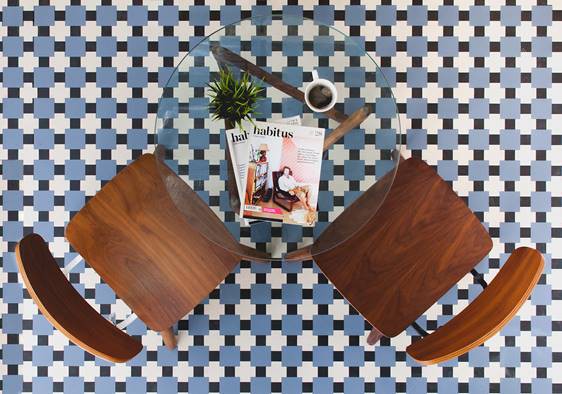

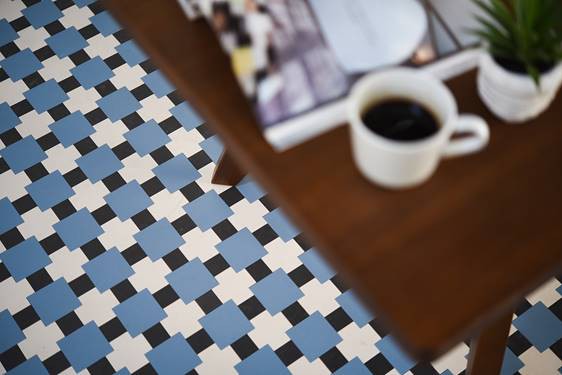

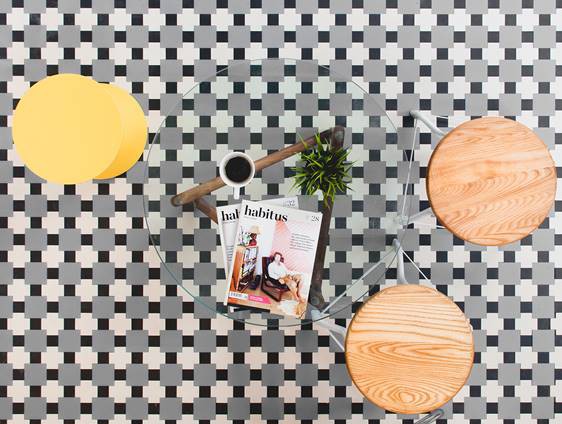





















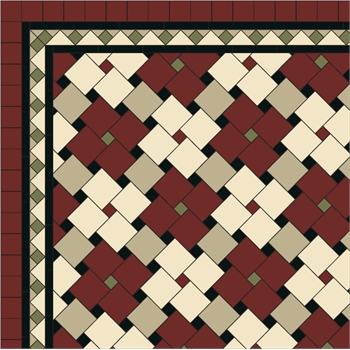

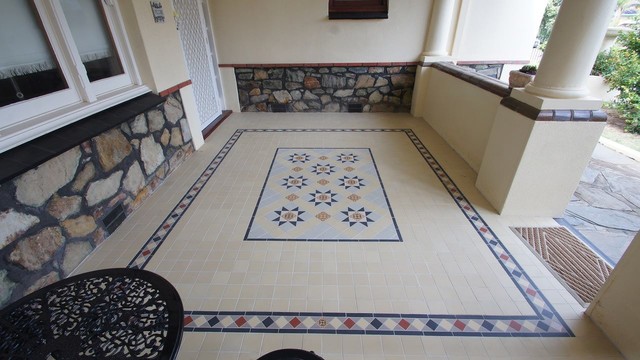

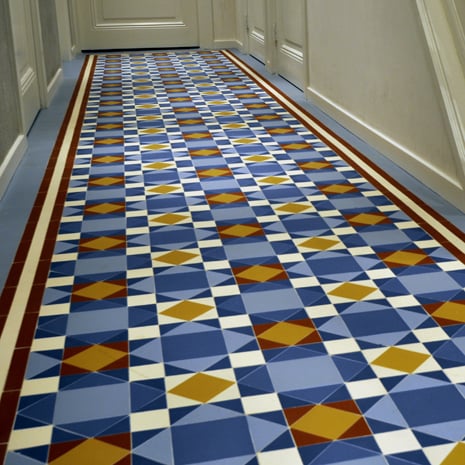



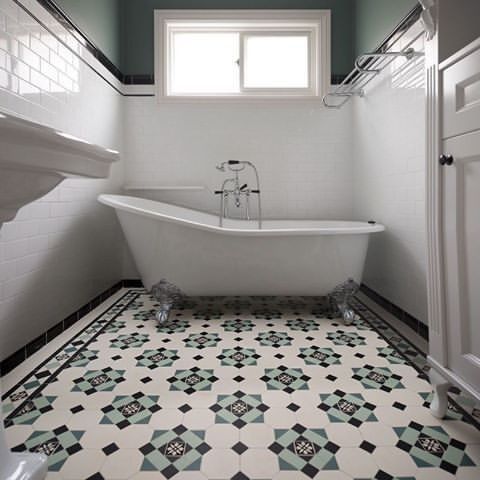




















































Comments